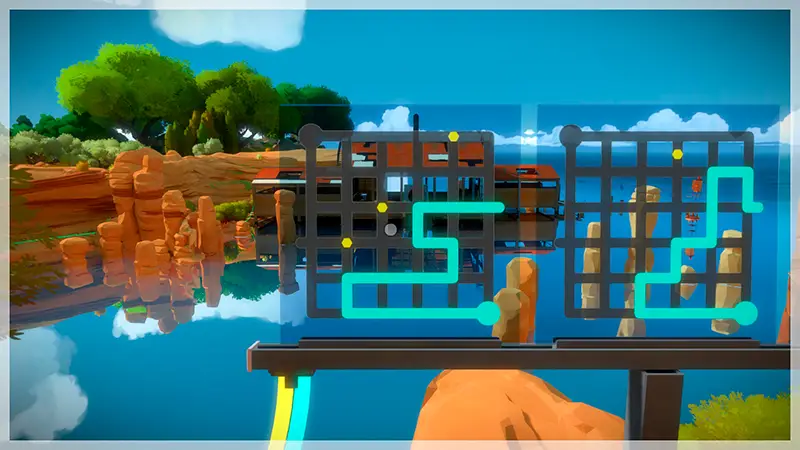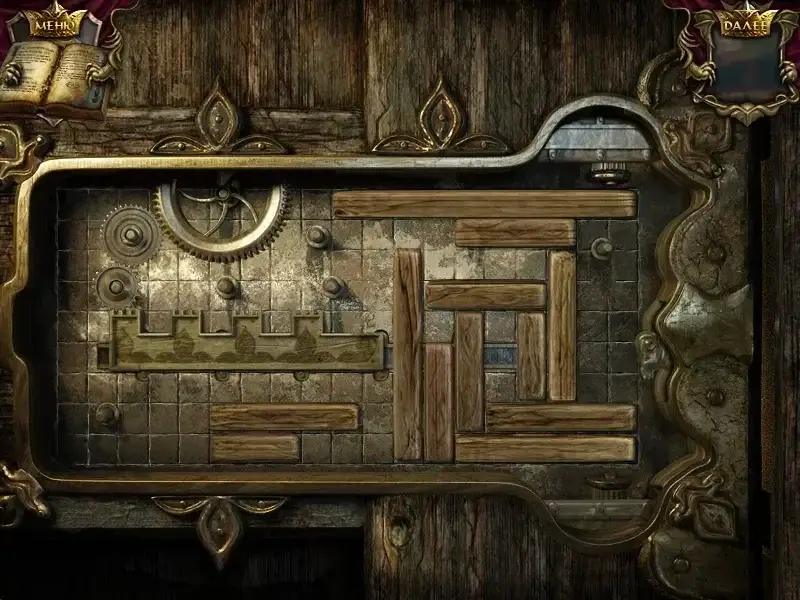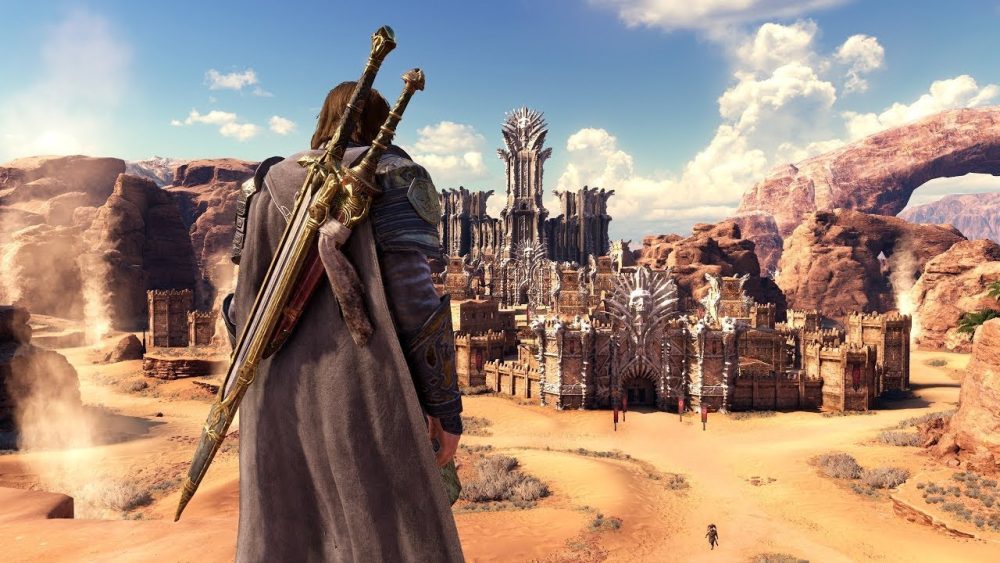Puzzles have long ceased to be mere entertainment. Today it is an intellectual workout, comparable to a trip to the gym for the brain. The growing popularity of such games among smartphone users is due to the need to constantly be in tone and maintain cognitive functions at a high level. The best mobile puzzles can not only entertain, but also pump up logic, attentiveness and even creativity. Studies prove that regular solving of problems from logic games increases concentration by 35% and improves short-term memory by 40%. Let’s take a closer look in the review.
Android and iOS puzzles: the battle of the platforms for your brain
With the competition between Android and iOS platforms gaining momentum every year, the best mobile puzzle games are becoming one of the most important battlefields. In 2024, the App Store leaders are Monument Valley 2 and The Room: Old Sins, with more than 15 million total downloads. Google Play is dominated by projects such as Lumosity and Gorogoa, with over 20 million downloads.
The Android platform is characterised by greater availability of free content and democratic system requirements. Puzzles for iOS win due to high-quality optimisation, minimalistic and stylish interface.

The most important difference between the platforms is technical stability and application loading speed. For example, on iOS devices, the average loading speed of complex levels in puzzle games is 20% faster. But Android has a variety of content, flexibility of graphics settings and controls. The choice of platform directly depends on personal preferences in games and smartphone usage habits.
Why logic games have become the intellectual trend of the XXI century
Logic games have become a trend that continues to gain popularity. It is not just a fashion, but a real tool for increasing productivity and improving the quality of life. According to a Harvard University study, regular exercise with logic games can reduce the risk of Alzheimer’s disease by 45%.
Puzzle games: a fashion trend or a necessity
In recent years, logic games have entered the top downloads for a reason. They offer more than just entertainment. Users of the Lumosity app report improved concentration and memory after a month of regular training. Gorogoa, characterised by original graphic puzzles, helps to develop spatial thinking, which is in demand in many professions.

The best mobile puzzles are not a short-term fashion, but a necessity for those who care about their intellectual form and want to remain competitive in the 21st century.
Free vs paid puzzles on your phone: the battle of the wallet with the mind
 Choosing between free and paid versions is not just a matter of finances. Free ones appeal because of their accessibility, but are often accompanied by adverts and level restrictions. Paid games offer total immersion without the annoying factors.
Choosing between free and paid versions is not just a matter of finances. Free ones appeal because of their accessibility, but are often accompanied by adverts and level restrictions. Paid games offer total immersion without the annoying factors.
Advantages and disadvantages of free games:
- Free access to most content;
- Adverts that are distracting and make it hard to concentrate;
- limited functionality or the need to buy additional levels;
- the ability to test many games without financial costs;
- potentially lower quality optimisation.
The best mobile puzzle games are usually presented in two formats: free with ads or premium version. Monument Valley game is only available in the paid version, which guarantees no ads and full immersion in the unique atmosphere of the game.
Top 5 best mobile puzzle games that deserve your attention
There are games that completely revamp the ideas of how to solve logical problems. The list below features the best mobile puzzle games.
What is a must try:
- The Witness is a unique logic game with philosophical undertones and a giant open world. There are more than 500 tasks, which are connected with each other by a single storyline. Puzzles require not only logic, but also attention to detail. They help to develop non-standard and abstract thinking.
- Monument Valley 2 is a visual masterpiece containing 14 colourful levels. The gameplay is based on changing perspective and space manipulation. The game won a BAFTA award for its original design and innovative approach to logic.
- The Room: Old Sins is a game that combines a gorgeous visual style with intricate puzzles and an intriguing story. It features carefully drawn details and puzzles that require attentiveness and out-of-the-box thinking to solve the mysteries and pass the levels.
- Lumosity is an intellectual simulator created by neuroscientists. It contains a series of exercises to develop memory, attention, thinking speed and problem-solving ability. The application is used by more than 100 million people worldwide, noting an improvement in cognitive functions after a month of training.
- Gorogoa is an unusual graphic puzzle game with innovative mechanics combining elements of illustration and comic book. The player needs to move and connect pictures, forming new storylines. The game is characterised by a visual style that has earned many awards for originality and creativity.
How to choose the right logic games for your phone
The right choice of puzzles depends on several key factors. It is important not only to be guided by ratings, but also to take into account personal preferences, technical characteristics of the smartphone and features of the application itself. Let’s consider the important criteria when choosing games for logic:
- The difficulty of the levels and the ability to adapt them to the player’s personal skills. Games with flexible difficulty levels, such as Lumosity, are suitable for both beginners and advanced users. Ideal logic games for smartphone offer a gradual increase in difficulty. This allows you to adapt and not lose interest in passing.
- Quality and ease of control. The best mobile puzzle games have an intuitive interface that doesn’t require long getting used to. Monument Valley is characterised by simple and clear control mechanics, allowing the player to fully focus on solving problems.
- The reputation of the developer and user reviews is the most important aspect when choosing a logic game for your phone. Proven studios and developers with high ratings in app shops guarantee quality content and technical support. If a game has a lot of positive reviews, it means that it is stable, addictive and helps to develop cognitive skills well.
- Graphics and game design. Quality visual design directly affects the perception of tasks and enjoyment of the gameplay. Users are more likely to return to puzzles with pleasant design and thoughtful aesthetics.
Conclusion
 Choosing the right game can have a significant impact on intellectual development and the quality of your free time. Trying the best mobile puzzles in person means investing in your own brain and getting the maximum benefit from your leisure time.
Choosing the right game can have a significant impact on intellectual development and the quality of your free time. Trying the best mobile puzzles in person means investing in your own brain and getting the maximum benefit from your leisure time.
 en
en  ru
ru  de
de  ar
ar  es
es  hi
hi  fr
fr  nl
nl  it
it  pt
pt  el
el 










